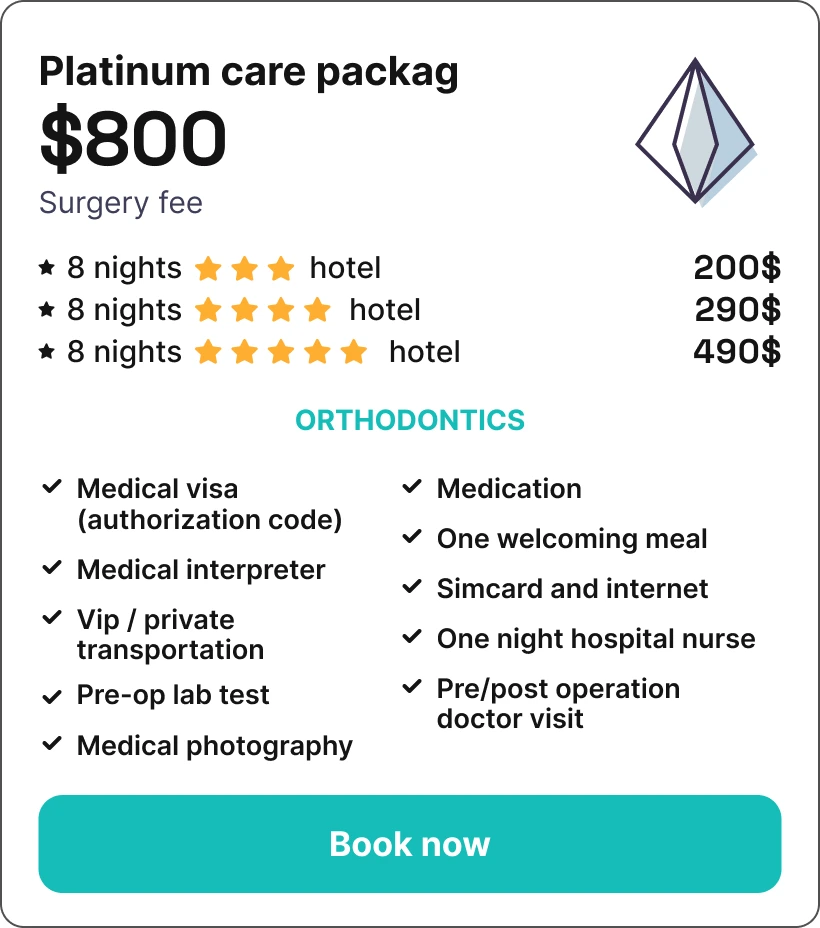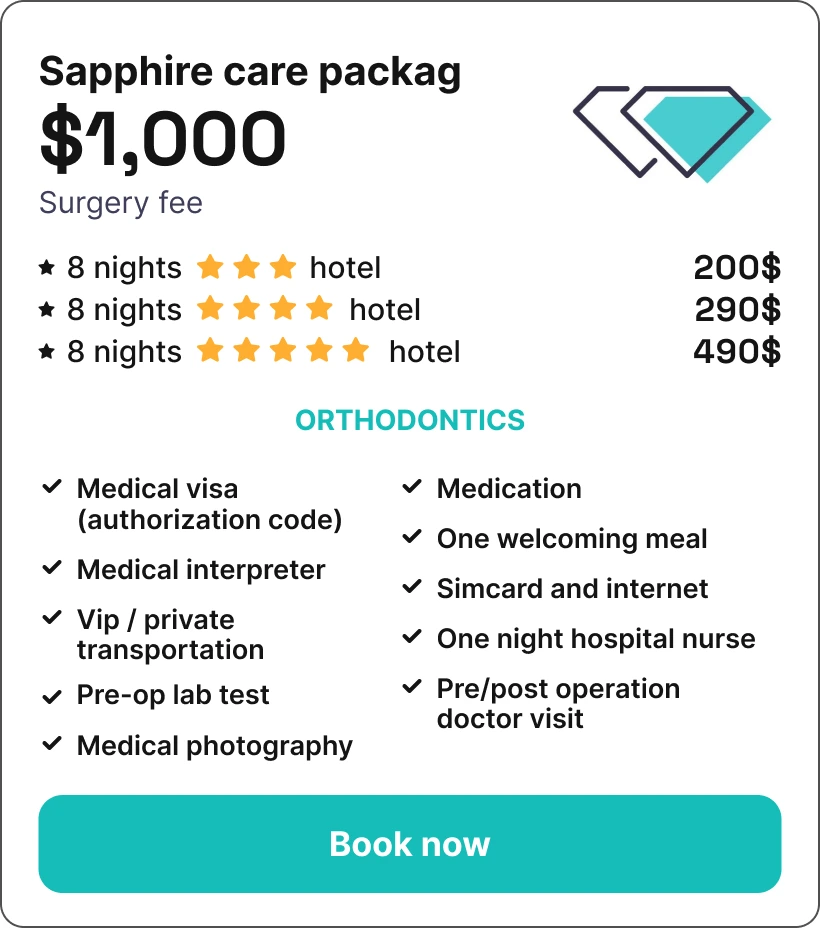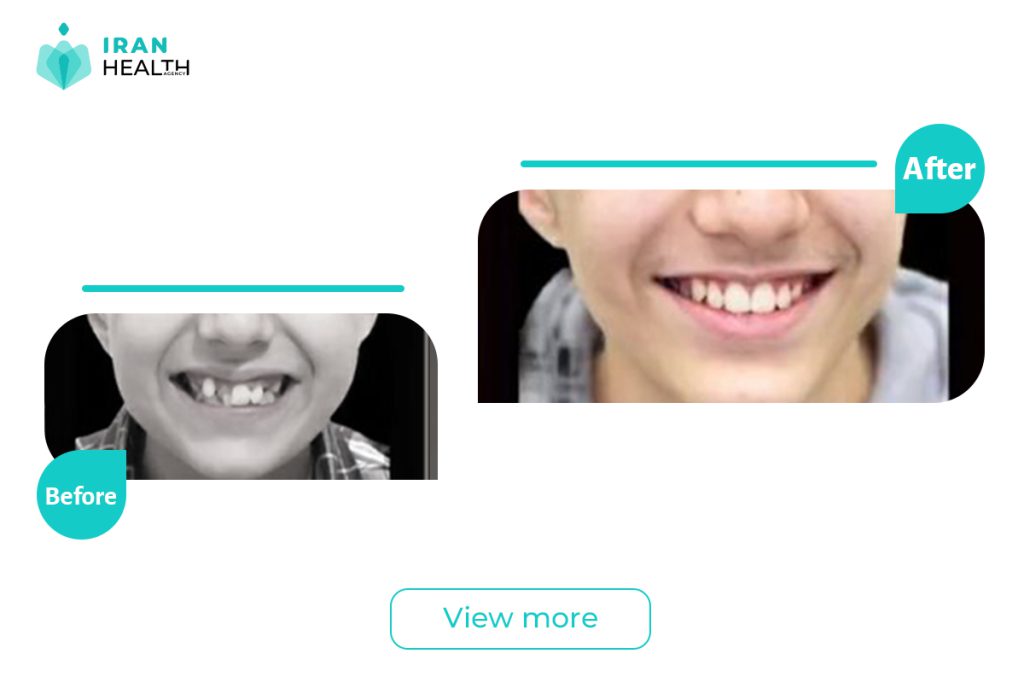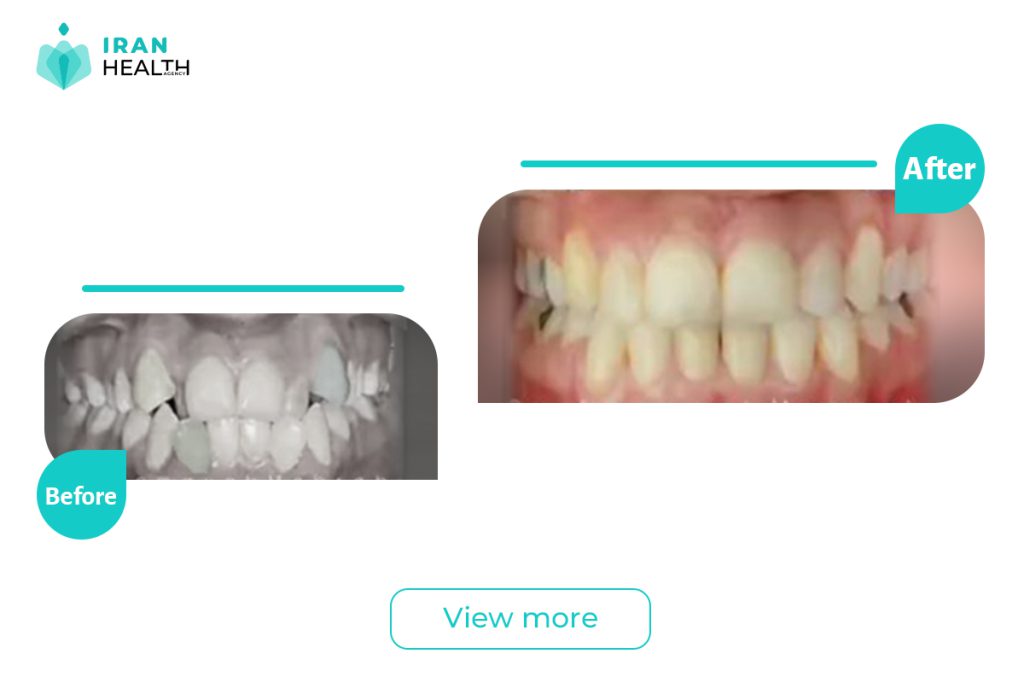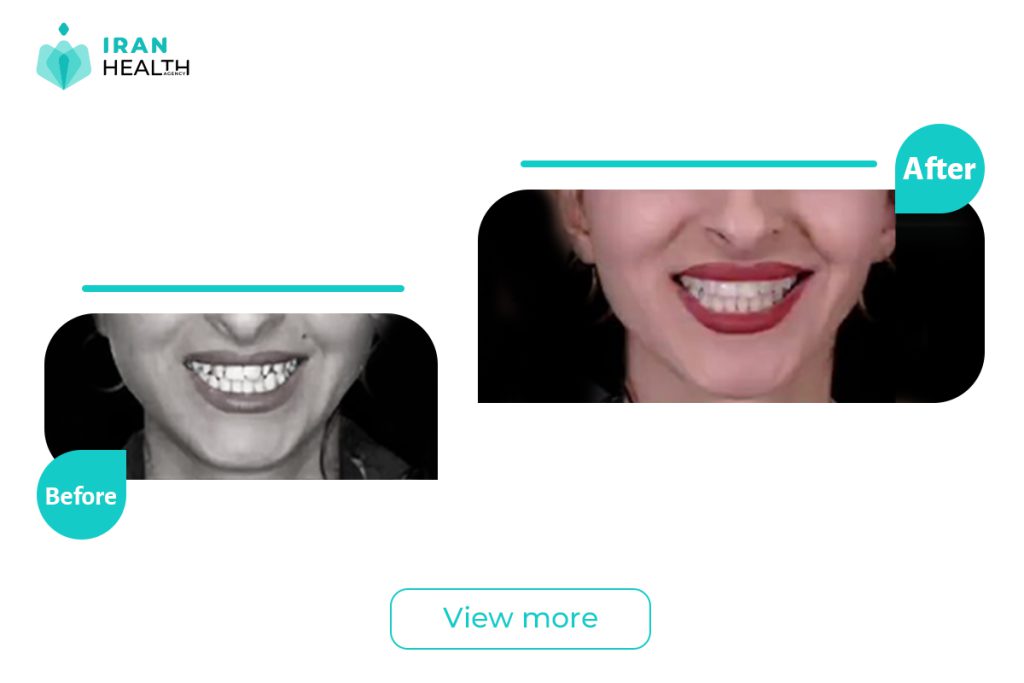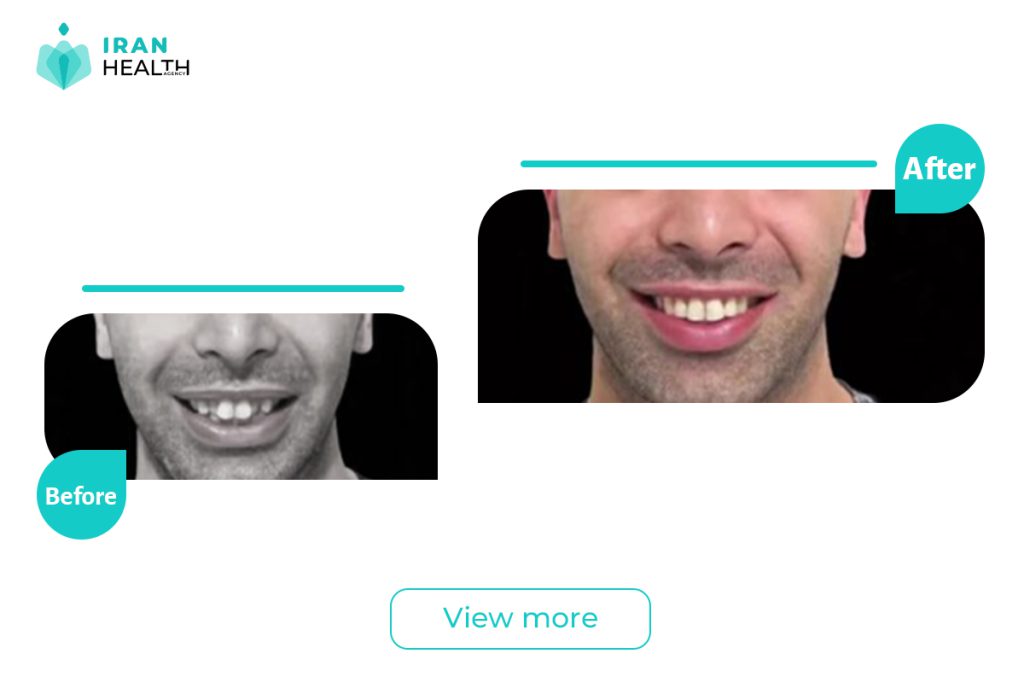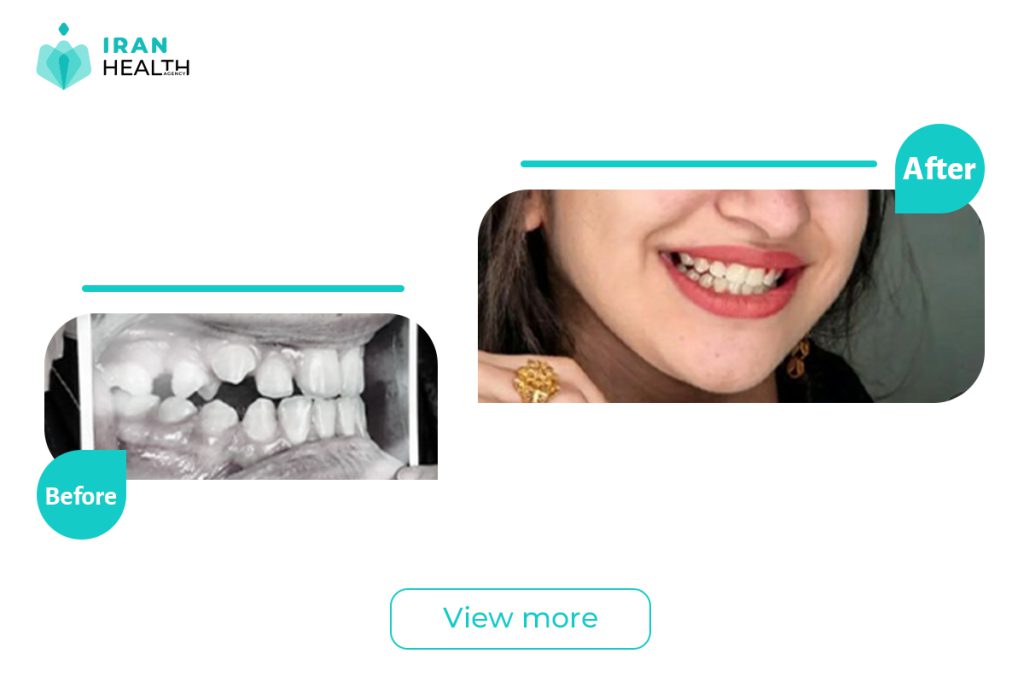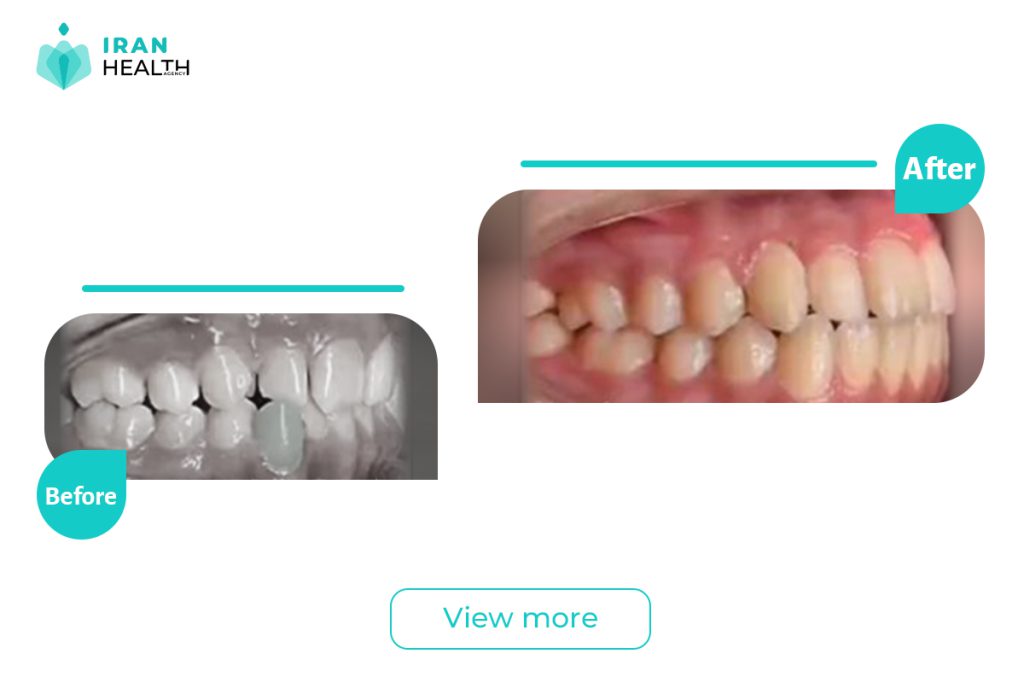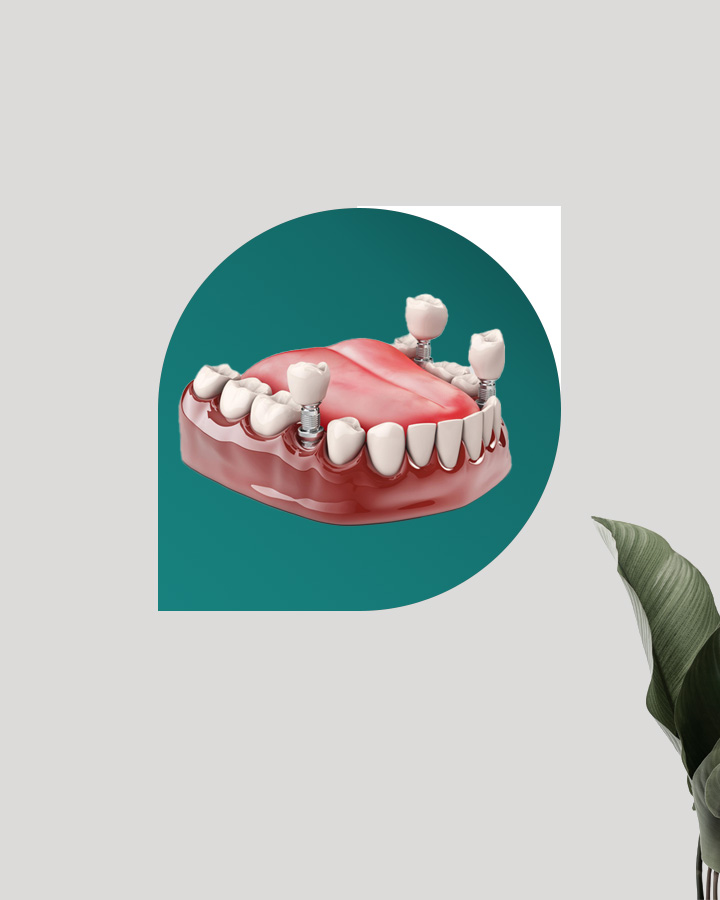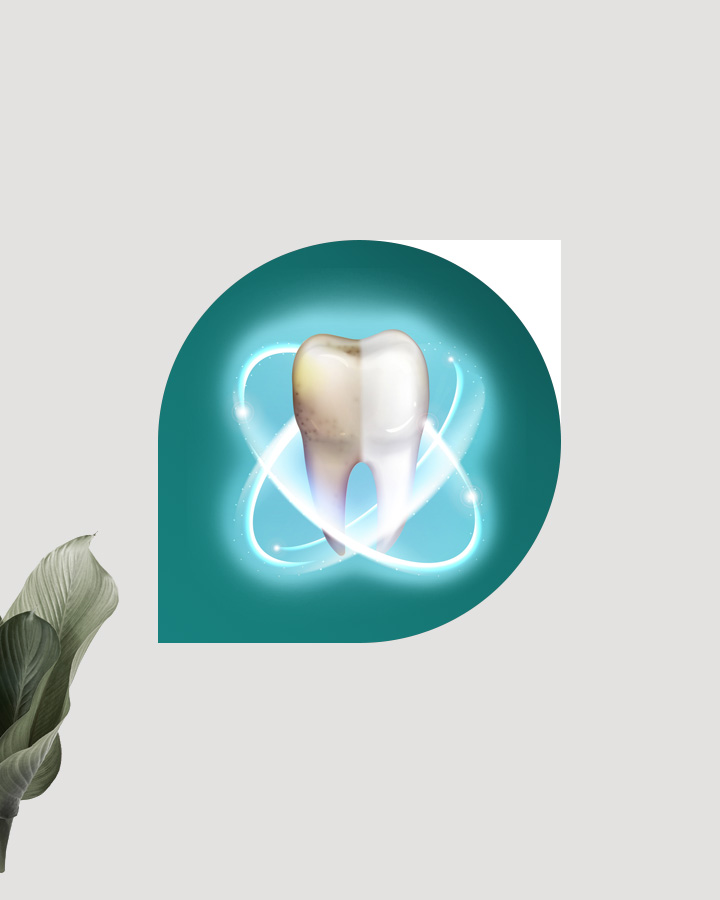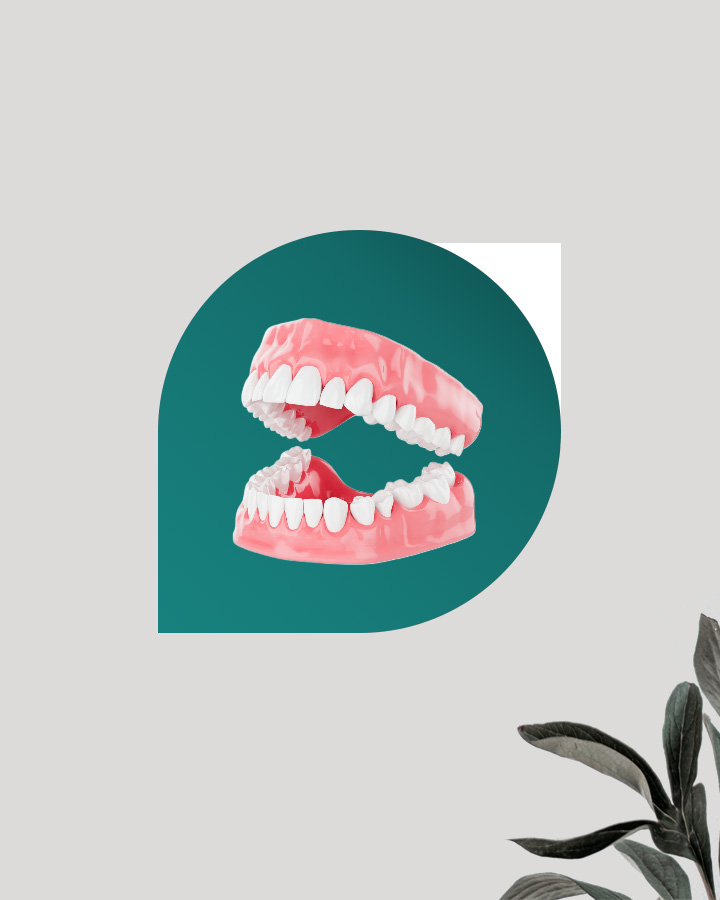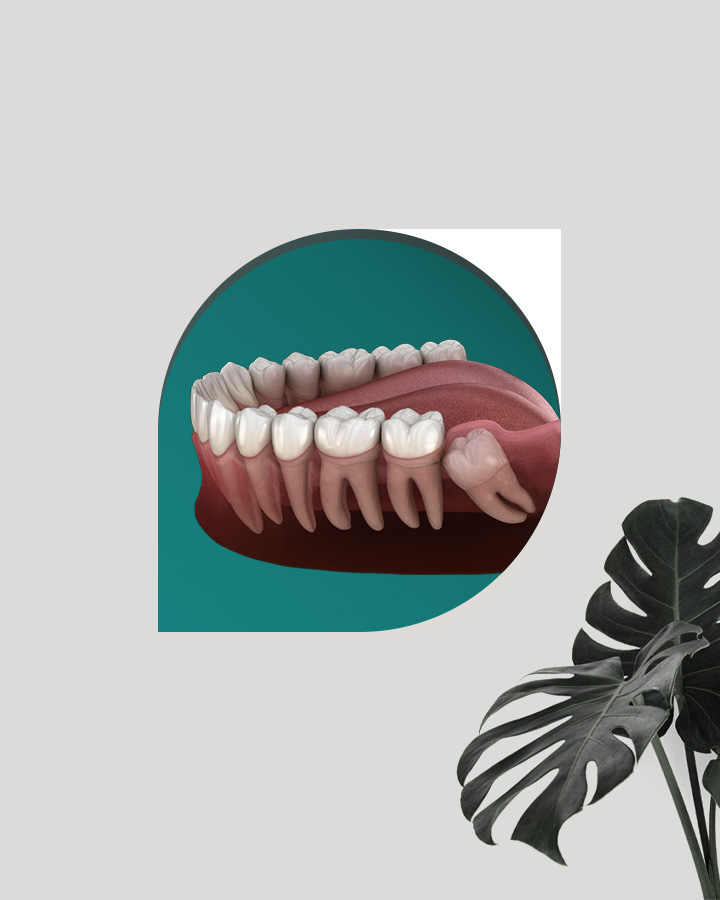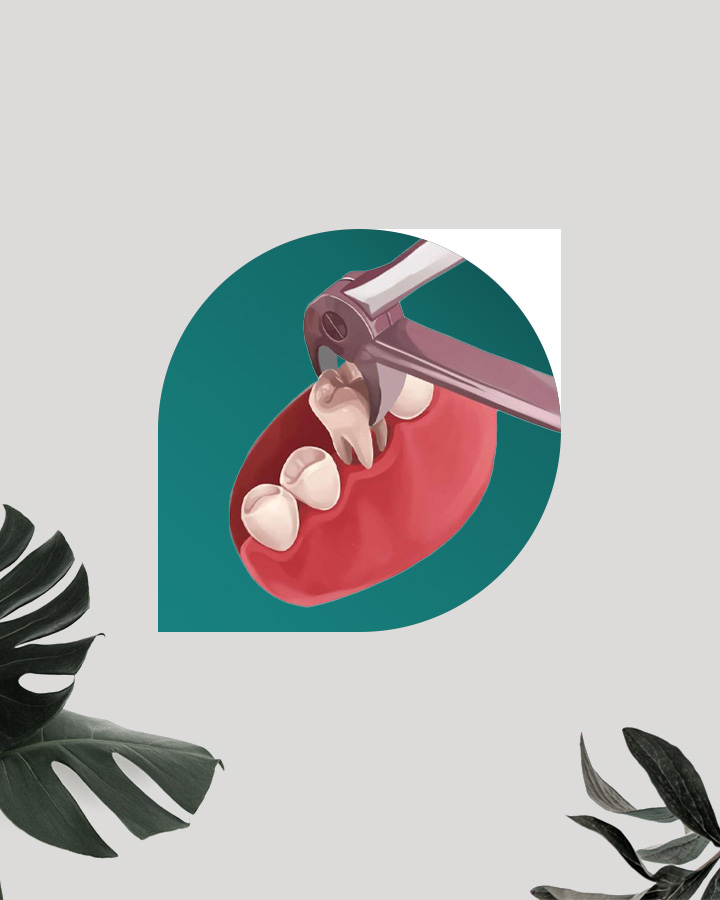Orthodontics in Iran
- Clinic Stay: Not Needed
- Total Stay: 3-4 Days
- Anesthesia: Local
- Recovery: 1 – 7 Days
Orthodontics in Iran step by step
Get informed guidance every step of the way – each step of the process, from initial inquiry to postsurgical care, is mapped out in detail so you know what to expect.
Cost of orthodontic treatment in Iran
One of the key factors that make orthodontics an attractive option in Iran is the relatively affordable cost compared to other countries. The cost of orthodontic treatment varies depending on the complexity of the case, the type of braces or aligners used, and the duration of the treatment. On average, orthodontic treatment in Iran ranges from $1,000 to $3,000, which is considerably lower than in many Western countries.
Iran’s dentistry sector has established itself as a prominent hub in the region. It attracts medical tourists drawn to the expertise of its dentists and the accessibility of its treatments. Renowned for their experience and skill, dentistry in Iran delivers high-quality dental care at significantly lower costs than many other destinations, making Iran an increasingly popular choice for those seeking affordable yet advanced dental solutions.
Iran’s best orthodontist
Before undergoing orthodontic treatment in Iran, it is essential to consult with a qualified orthodontist who will assess the patient’s dental condition and determine the most suitable treatment plan.
Look for a board-certified surgeon with extensive orthodontic experience. It is also helpful to read reviews and testimonials from previous patients to gauge their satisfaction with the results.
Other services
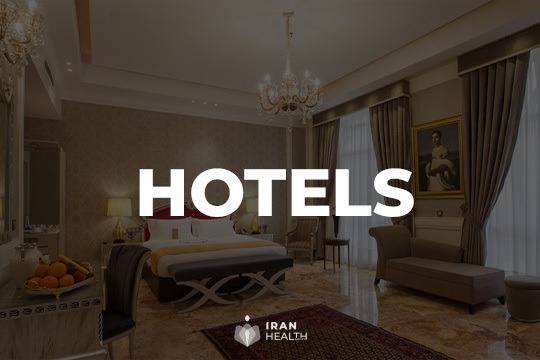
Our Hotels
International care, local comfort
Accommodation is one of the services that Iran health agency provides for its clients. we are here to book hotel, hostel or recovery house according to your budget, hospital and clinic location.
to meet your comfort needs Booking of the accommodation is done in advance. After airport pick-up you will directly be transferred to hotel so it helps a lot to save your time.
Reviews
What is orthodontics?
Orthodontics is a branch of dentistry that corrects tooth and jaw alignment.
Orthodontics, also known as dentofacial orthopedics, involves the use of braces, aligners, retainers, and other dental appliances to straighten crooked teeth, correct bite issues, and enhance the overall oral health of patients. In Iran, orthodontic treatment is widely available and performed by highly skilled professionals who adhere to international standards.
Orthodontic treatment
Orthodontic treatment typically begins with a comprehensive examination, including dental X-rays, photographs, and impressions of the teeth. This information is used to create a customized treatment plan tailored to the patient’s specific needs.
Straightened teeth not only enhance aesthetics but also contribute to better oral hygiene, as they are easier to clean and maintain. Additionally, properly aligned jaws can alleviate issues such as jaw pain, difficulty chewing, and speech problems.

Why Iran is the Best Destination for Dental Braces
Iran has become a top destination for medical tourism, especially for dental procedures like braces. Here are some of the key reasons:
- Cost Savings: Braces in Iran cost 50-70% less than in Western countries. The same quality braces that cost $5,000+ in the US can be priced at $1,500-$2,000 in Iran.
- Highly Qualified Dentists: Iran produces many well-trained and skilled dentists for procedures like braces and Invisalign. Many dentists speak English as well.
- Advanced Technology: Clinics in Tehran and other cities use the latest dental technology and techniques for braces, aligners, and other orthodontic treatments.
- Combine with Vacation: Going to Iran for medical tourism allows you to see attractions like Persepolis, Isfahan, and Tehran. Medical tourists have relatively easy visa processes.
- A Short to No Waiting Time: Iran has short or no wait times compared to some countries where you may wait months for braces.
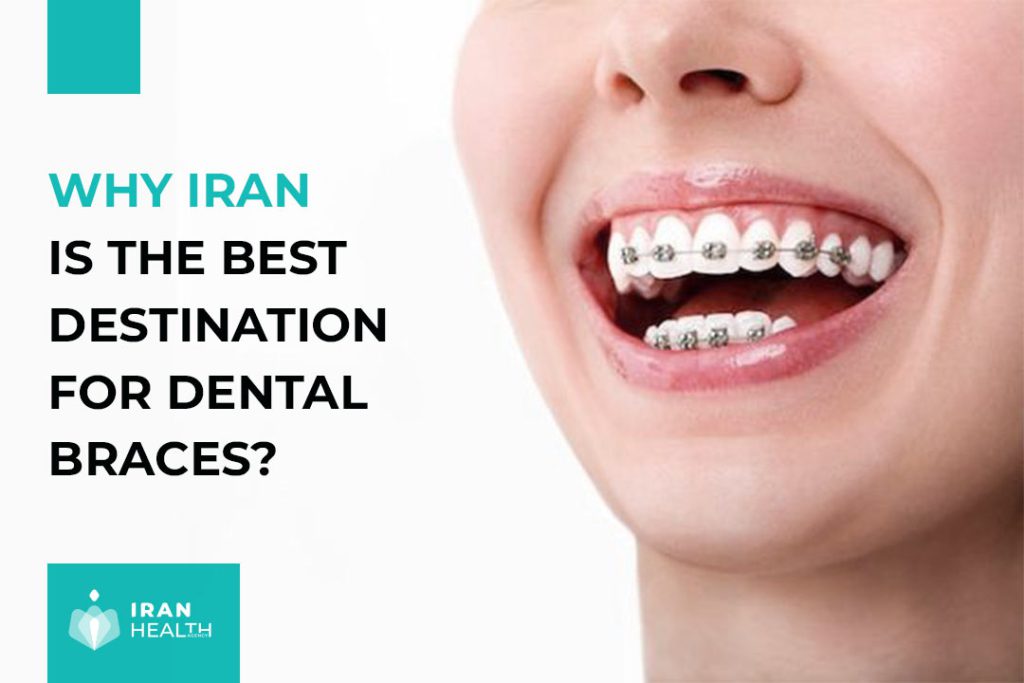
How to Get Affordable and High-Quality Dental Braces
If you want to get dental braces in Iran that are both affordable and high quality, here are some tips:
- Consult clinics in major cities like Tehran, Mashhad, and Shiraz before deciding. Prices can vary.
- Ask if they use high-quality imported braces from reputable brands like Damon or Invisalign. Iranian dentists use brand-name materials.
- Inquire about dentists’ experience, expertise, and English proficiency. Look for dentists with many years of experience.
- Avoid full payment upfront. Make a small down payment and pay the rest in installments after seeing results.

Dental Braces in Iran: Everything You Need to Know Before You Go
For those traveling to Iran for dental braces, critical information to know includes:
- The average cost is $1,500-$2,500, far lower than in Western countries
- Tehran, Mashhad, and Shiraz have many clinics offering braces
- Iran’s highly trained dentists specialize in braces and Invisalign
- Clinics use the latest technologies and name-brand materials
- Check if your home insurance covers medical tourism procedures
- Medical tourists have relatively easy visa processes
- Initial exams, x-rays, and fittings are done on the first visit.
- Expect 7-14 days stay to complete the process
- Confirm the aftercare plan for adjustments and follow-ups
- Get itemized pricing estimates and payment plan options in writing
- Experience Iranian culture and attractions between dental appointments!
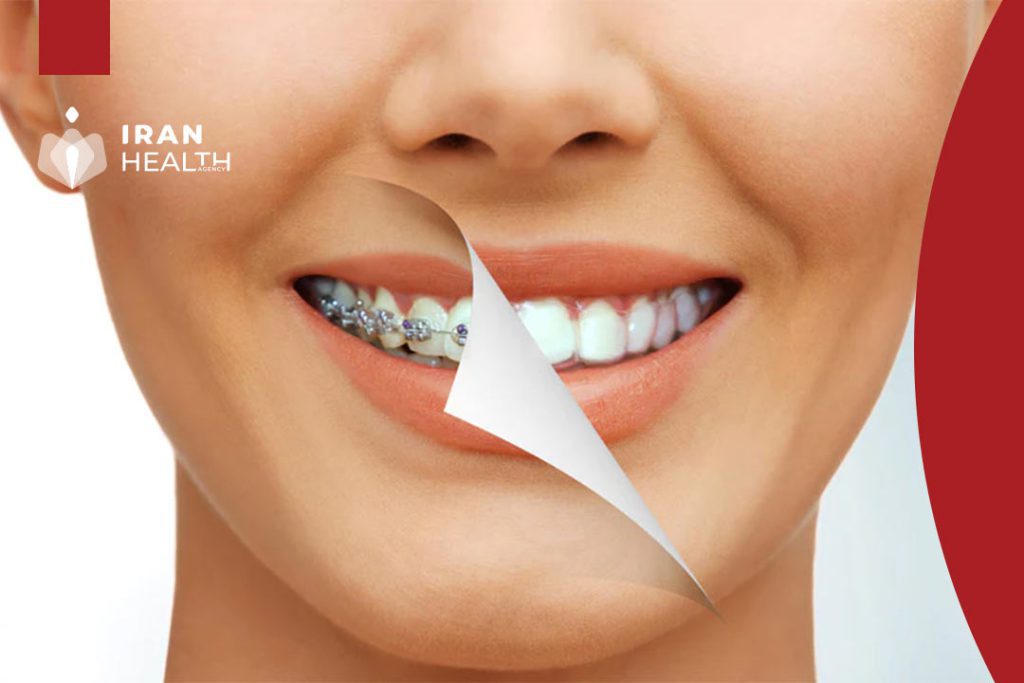
Main types of orthodontic treatments
There are a few main types of orthodontic treatments, and each has its pros and cons:
- Traditional Metal Braces: This is the most well-known type of braces. They are very effective for realigning teeth and jaws and handle complex cases well. However, they are visible and require dietary restrictions.
- Ceramic Braces: Similar to metal braces but with tooth-colored or clear ceramic brackets to be less noticeable. They are not quite as strong as metal but still provide good results.
- Lingual Braces: Braces that are bonded to the back of the teeth rather than the front. It is completely hidden from view but can be uncomfortable and harder to keep clean.
- Invisalign: Clear plastic aligners that are changed out every 1-2 weeks. They are a popular choice for adults because they are removable and hardly visible. Limitations include not working for severe misalignment cases.
- Speed Braces: Includes types like Damon braces that have a specialized bracket system. They use lighter forces and may work faster than traditional braces.
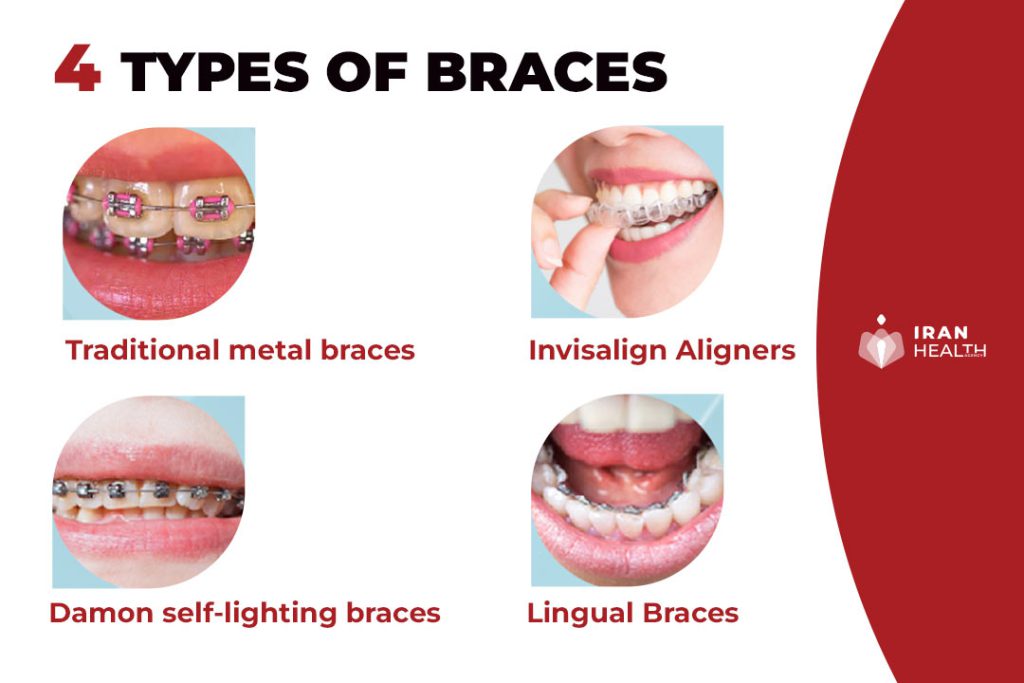
Frequently Asked Questions About Orthodontics
What are the different types of braces?
The main types of braces are metal braces, ceramic braces, lingual braces, and Invisalign clear aligners. Metal braces are traditional, while ceramic and lingual braces are more discreet.
What food can't you eat with braces?
Avoid sticky, crunchy, and hard foods that could damage braces, like candy, nuts, popcorn, ice, and apples. Cut foods into smaller pieces to reduce the risk of something getting stuck.
How often will I need braces tightening appointments?
You can expect to visit your orthodontist for braces tightening every 4-6 weeks during treatment. These regular adjustments help move the teeth into proper alignment.
Do braces hurt when first put on?
It’s common to feel soreness and tenderness for 3-5 days after first getting braces. Over-the-counter pain medication can help relieve the discomfort during this initial adjustment period.
How do I care for my braces?
How do I care for my braces?
Proper oral hygiene is essential. Brush carefully after every meal, floss daily, use prescription rinses, avoid stain-causing foods/drinks, and see your orthodontist regularly.
At what age should someone get braces?
The ideal age for braces is between 10-14 years while the head and mouth are still growing and teeth are more responsive to moving. However, adults can also benefit from orthodontic treatment.
How long does orthodontic treatment take?
Treatment times vary depending on the severity of the bite issues, but the average is 18-24 months. Some cases may be shorter or longer than the average.
Do braces hurt?
It is normal for braces to cause mild soreness and discomfort when they are first put on and after each adjustment appointment. Over-the-counter pain relievers can help. If you experience extreme pain, contact your orthodontist immediately.
What foods should I avoid with orthodontics?
Avoid very crunchy, sticky, and hard foods which could damage braces. Things like nuts, popcorn, hard candy, ice, and chewing gum should be avoided.
Do braces work for adults?
Yes, orthodontic treatment can work very well for adults. It may take a little longer than with children and teens, but adult braces are very effective in straightening teeth and improving function and appearance.




